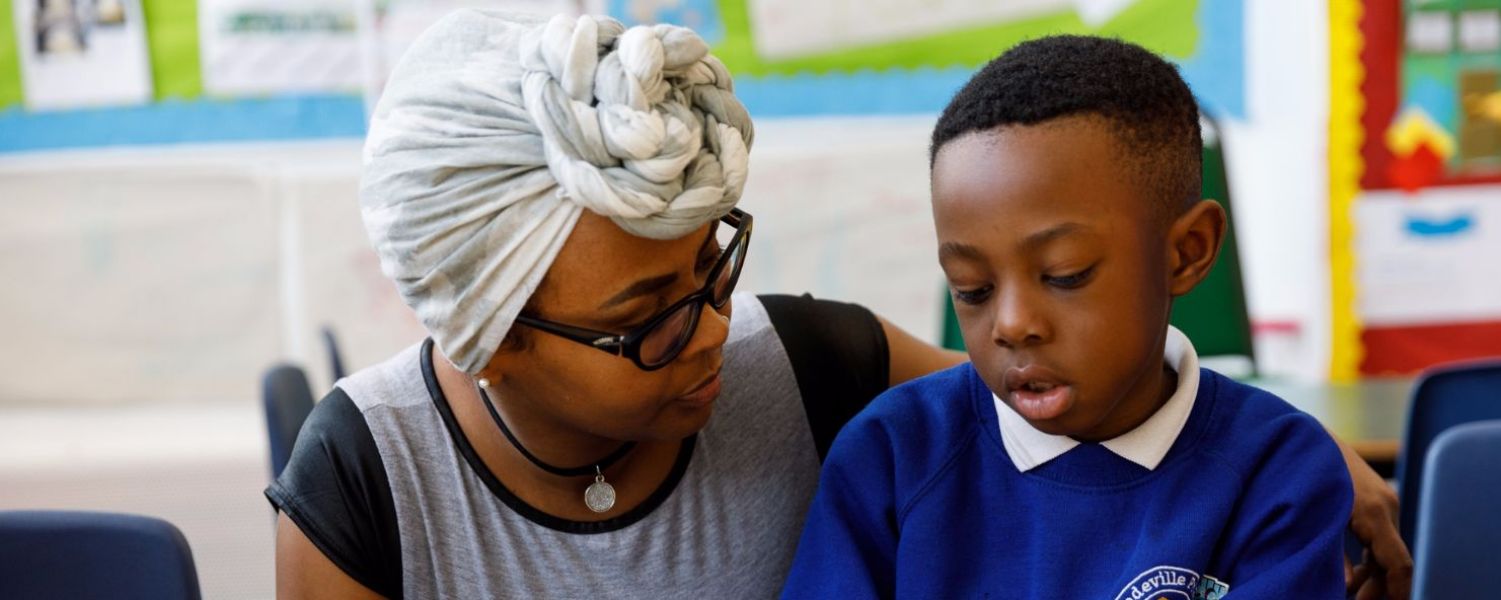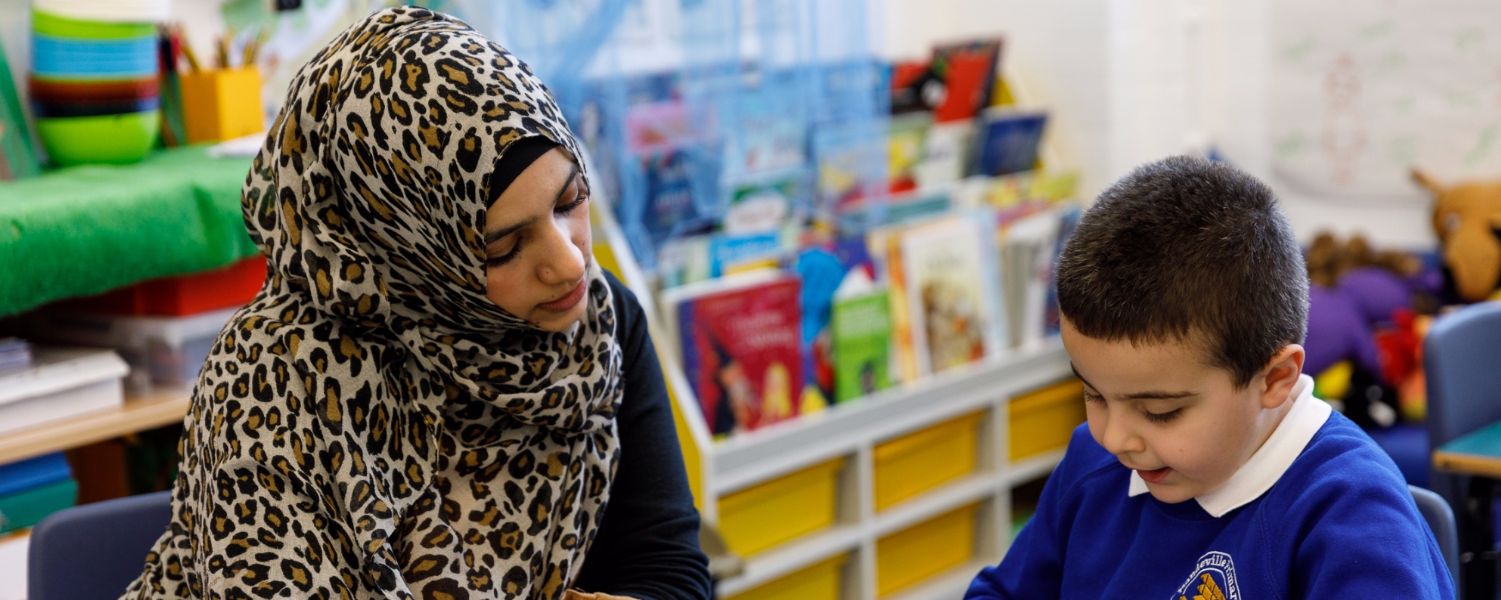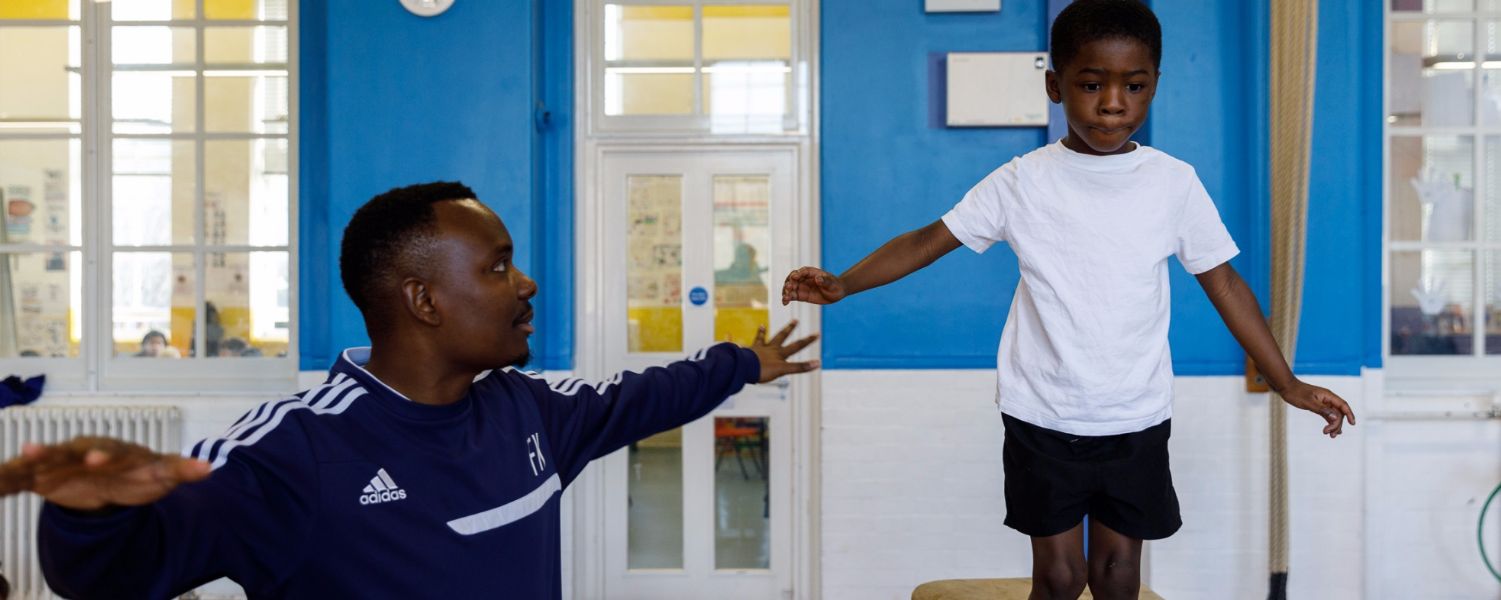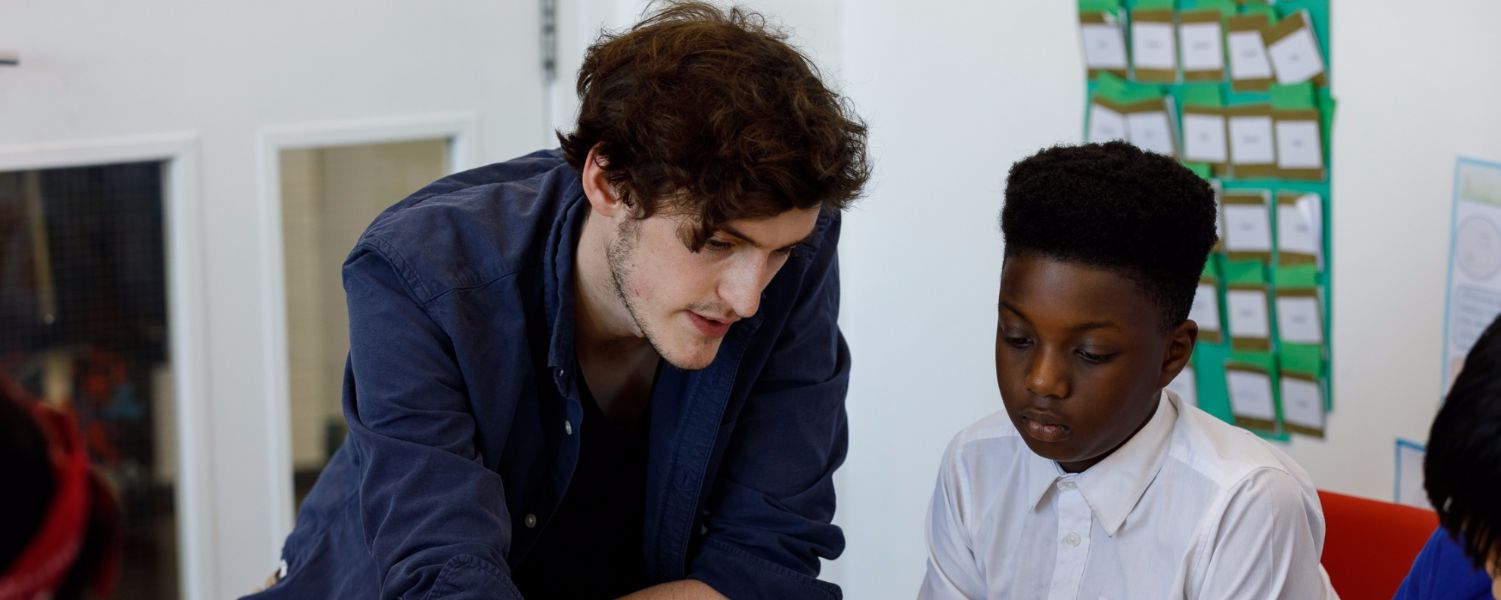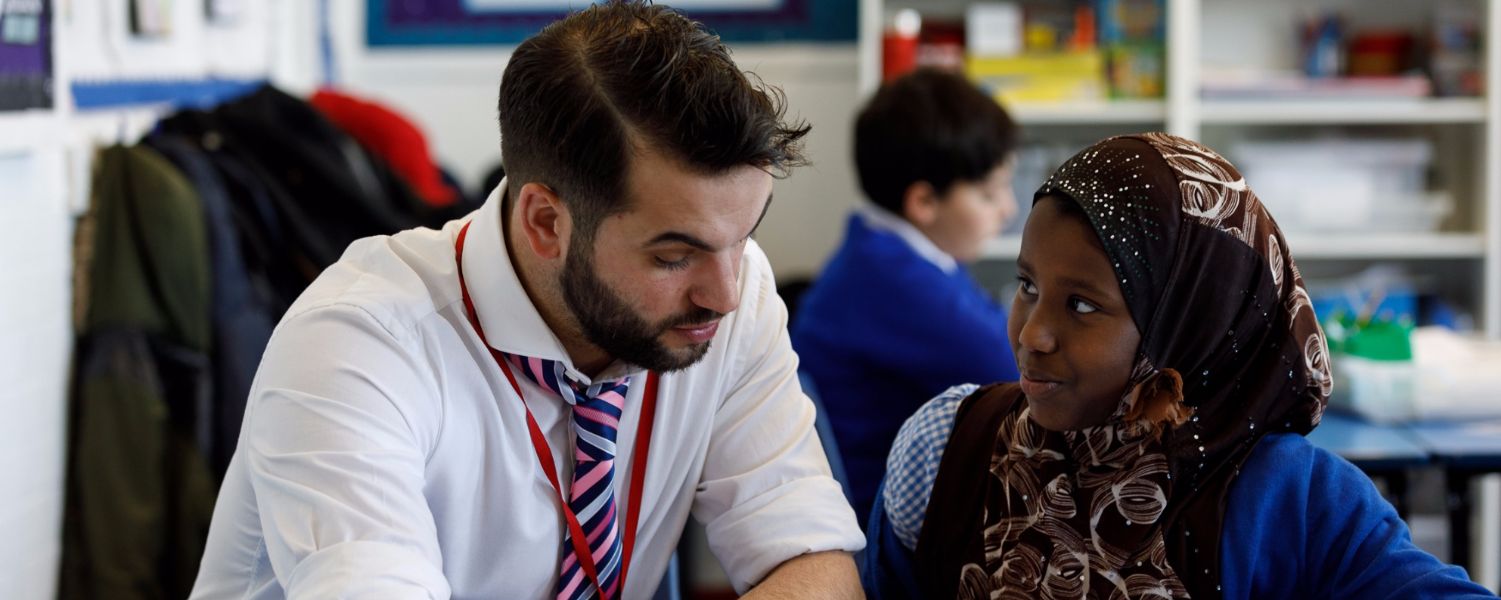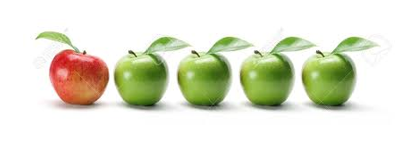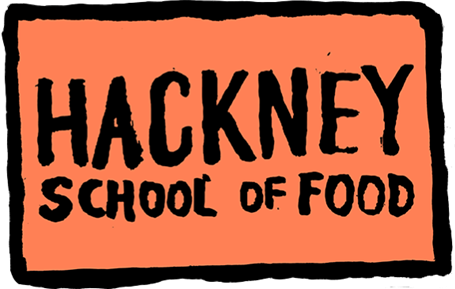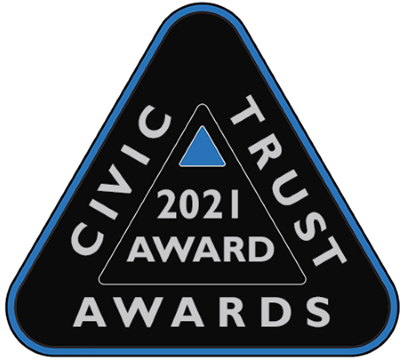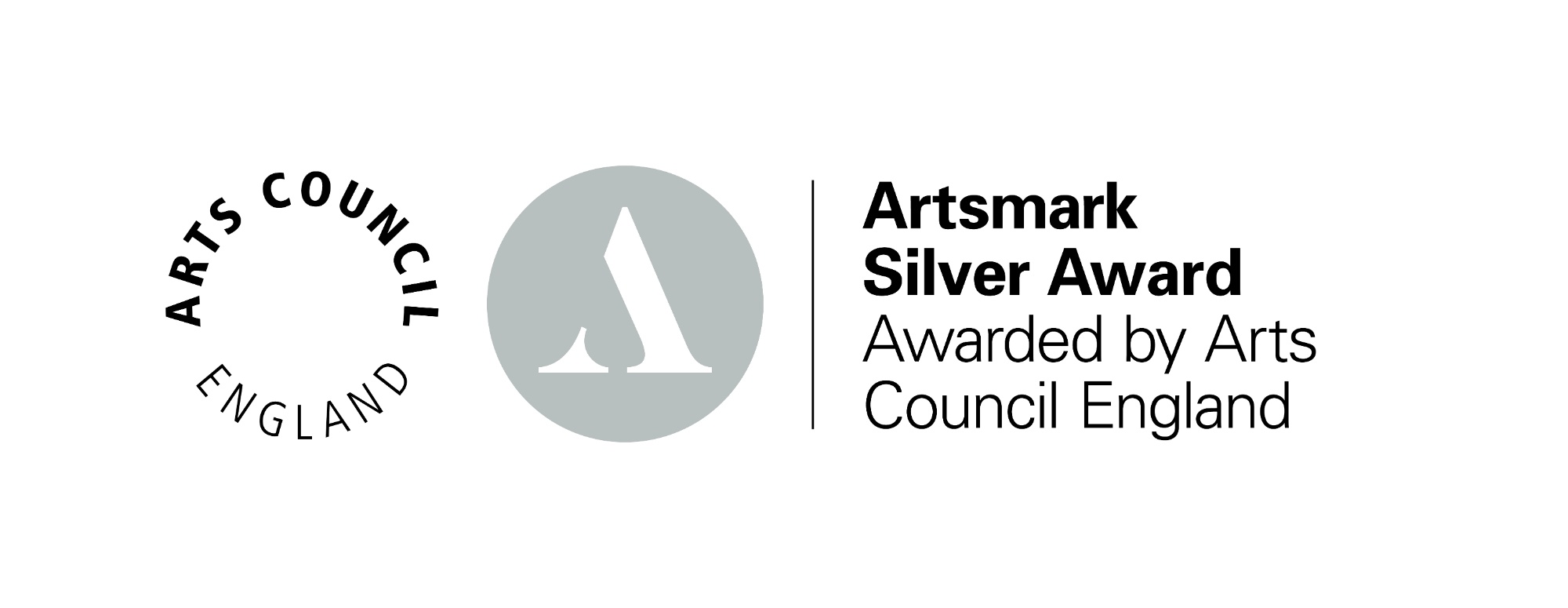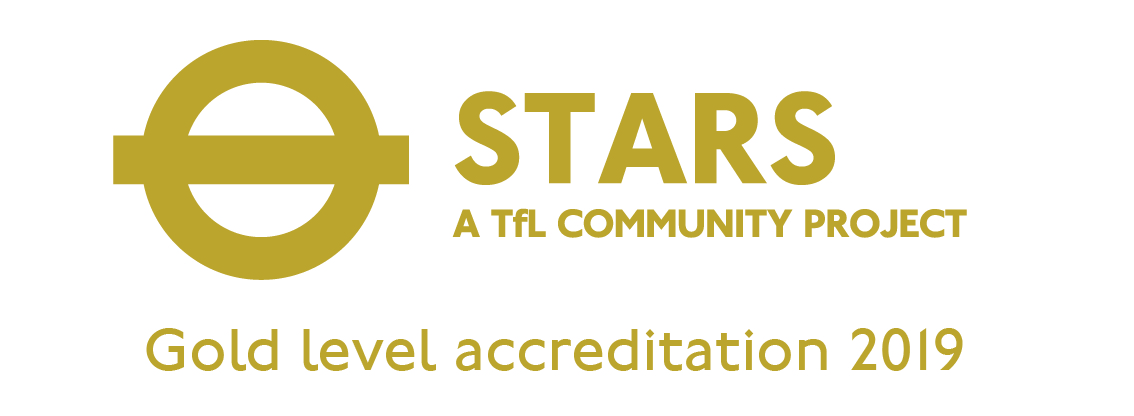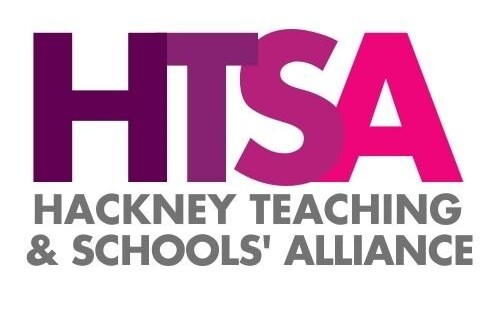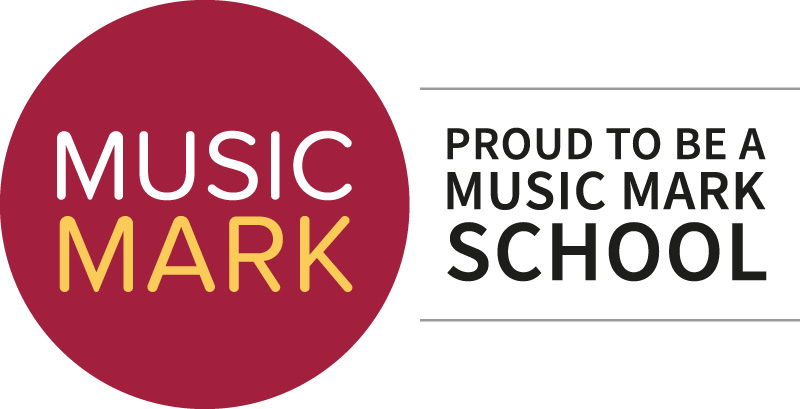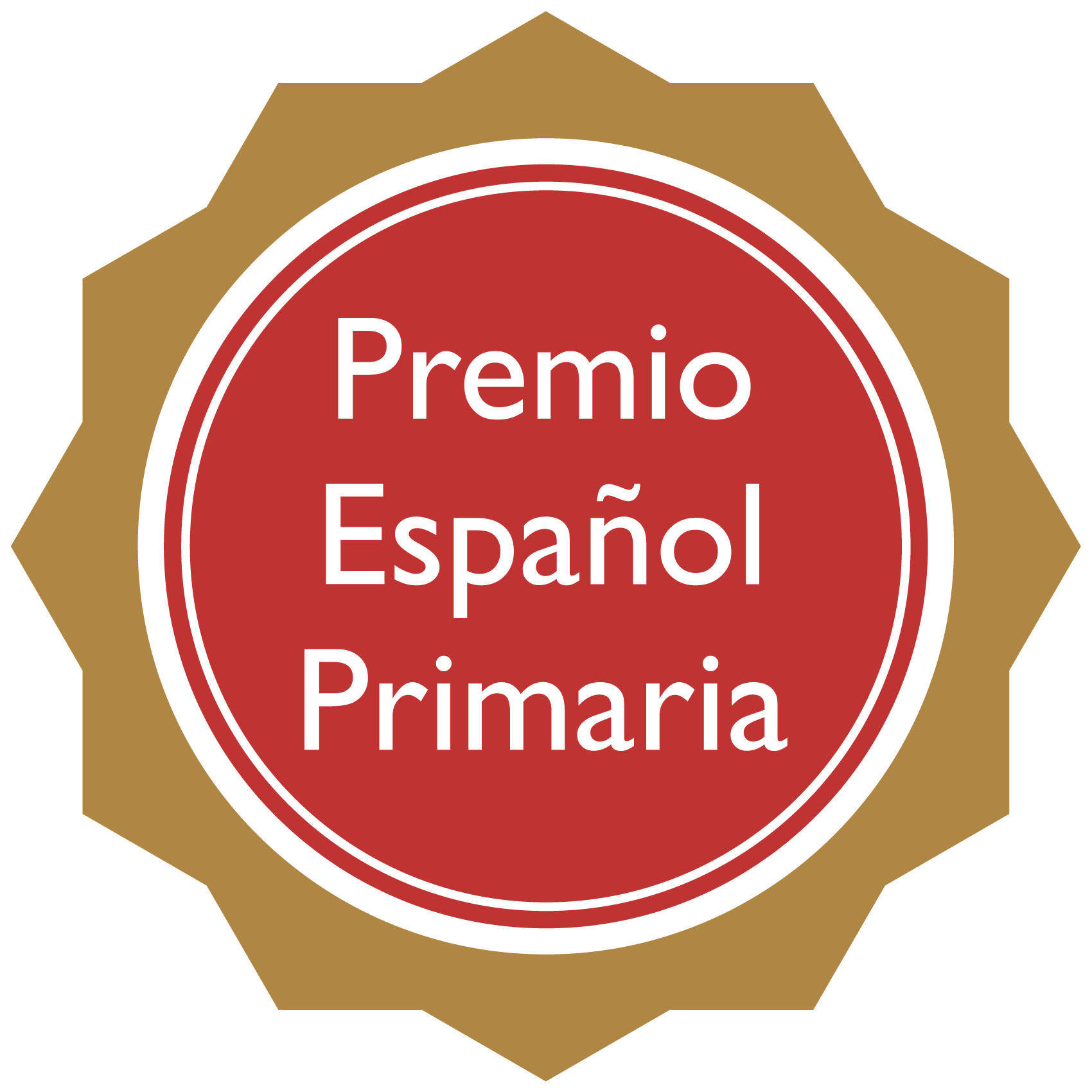Maths
Intent:
At Mandeville, we aim to develop confident mathematicians who love their learning and build resilience and stamina when faced with a problem. We develop children’s fluency of core place value knowledge and arithmetic skills, whilst ensuring that all children have developed conceptual understanding of number. Our aim is for every child to be equipped with core mathematical skills that are transferable to the world around them. We provide pupils from EYFS through to the end of Key Stage 2 with extensive opportunities to apply their skills in a range of different contexts to help develop their reasoning skills and embed conceptual understanding. We encourage children to be reflective about their learning through self and peer assessment and to approach mistakes as opportunities for learning. This helps builds children’s resilience and supports children in approaching challenges with motivation and without the fear of failure. Our aim is for children to leave Key Stage 2 as confident mathematicians, equipped to be successful, whether it be in their future careers or in their everyday lives.
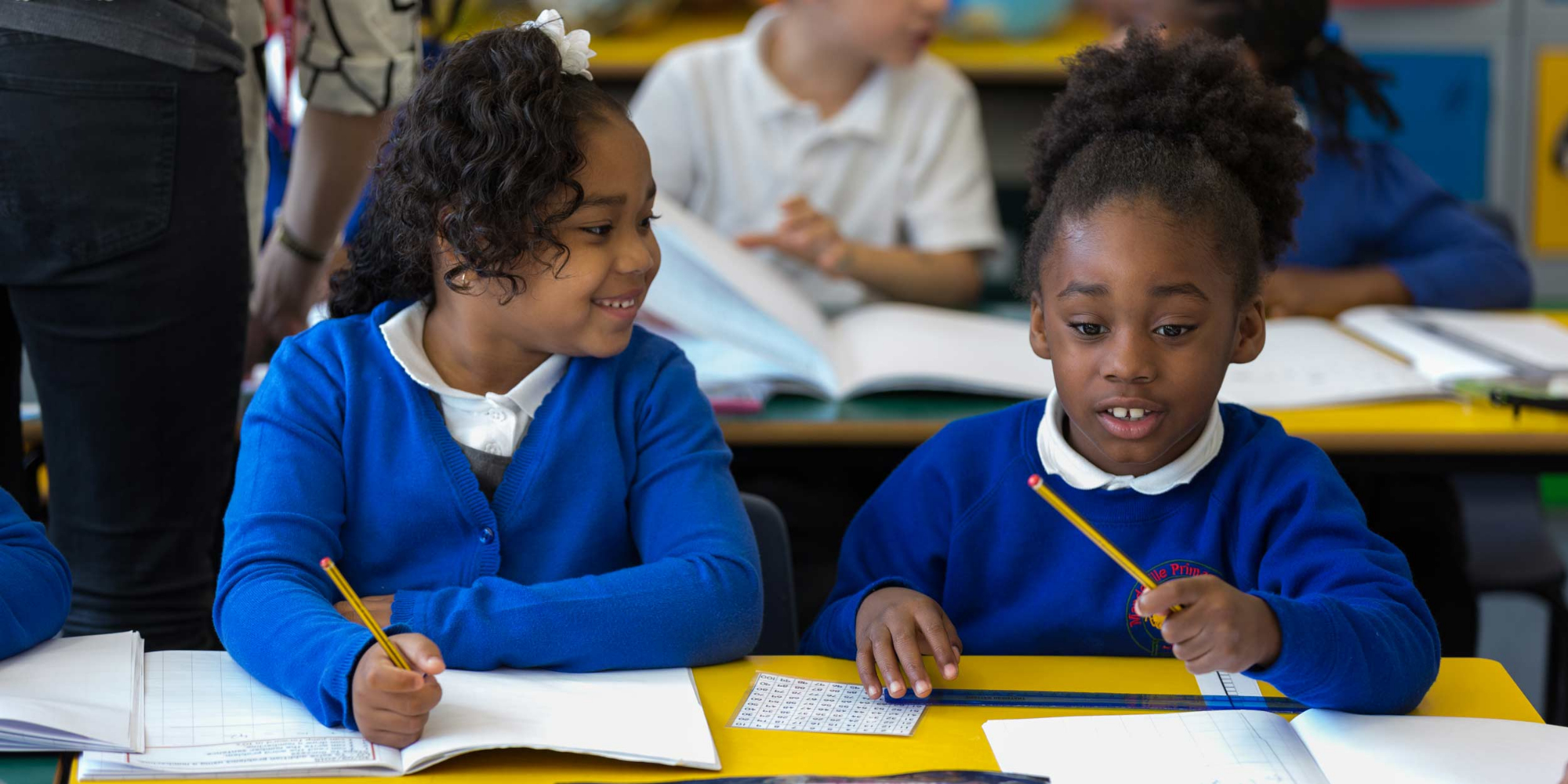
Implementation:
Maths lessons are delivered across the key stages on a daily basis. We use a wide range of equipment and resources and vary the way the lessons are taught to ensure they are stimulating and engaging for all the different types of learners - this may involve lessons being taught in the playground or sometimes off site.
We follow the C-P-A approach in our teaching of Mathematics. This stands for Concrete- Pictorial – Abstract. Throughout the school, we see children using concrete equipment and pictures to support their understanding of more abstract concepts. Children use concrete equipment, such as cubes, people or animals to add numbers together. They will have real experience of counting objects and adding them together. This is done in a practical way, with children matching objects to numbers. Once secure, children will move on to using pictorial methods of recording, such as drawing pictures, or moving onto using number lines. Once secure with adding numbers to 30, children will use Diennes (base 10) to practically add larger numbers, before moving onto using refined written methods (column method).
|
|
|
|
|
Concrete Things children can touch, hold and manipulate |
Pictorial Things children can see and draw |
Abstract Visual representations |
Teachers use the LEAP maths curriculum, which is based on the ‘Singapore’ approach to maths and directly links to the National Curriculum objectives.
The ‘Singapore’ approach believes in securing conceptual understanding in number and providing greater depth in key areas of maths. We teach each aspect of maths in blocks to allow children to develop that deep understanding and we also provide them with opportunities to recap on prior learning through 'flashbacks' and fluency practice. (See LEAP Maths Curriculum Overview PDF at the bottom of this page).
EYFS (Nursery & Reception)
The children in our Nursery and Reception (Foundation Stage) classes follow the Early Years and Foundation Stage Curriculum (EYFS). The focus of mathematical teaching and learning for this age group is very practical to ensure that the children are fully engaged while learning the initial concepts through use of concrete resources as well as role play, dressing up, storytelling etc. Children learn to count forwards and backwards, recognise numbers and understand the one-to-one concept of counting using resources such as objects, un-ifix cubes and Numicon. They are taught to see numbers within numbers and recognise patterns quickly such as those on dice and dominoes.
Key Stage 1 (Years 1 & 2)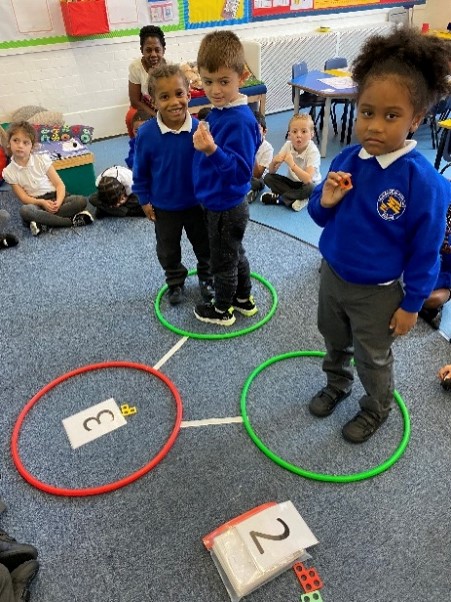
In Key Stage 1 the children continue to build on the skills and knowledge gained in Foundation Stage. They learn how to count to and back from larger numbers, and read, write and order numbers to 100 and beyond, where appropriate. Number bonds are another key concept of Singapore maths and teach children that numbers can be split-up or combined. We use the part-part-whole model and children learn how to write the corresponding calculations.
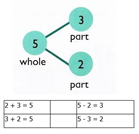
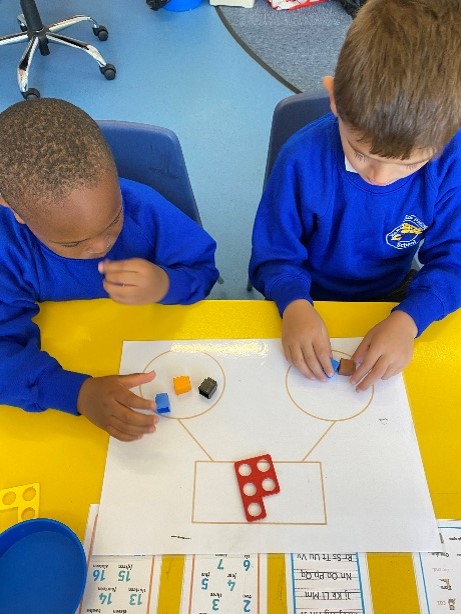
This concept is the foundation children need to understand before they are able to add and subtract. Once children understand the part-part-whole model, they will find all calculations easier to understand. They continue to have a variety of concrete apparatus to support their understanding of addition, subtraction, multiplication and division, including dienes, counters, straws, uni-fix cubes, counting beads and Numicon.
In addition to the four operations (addition,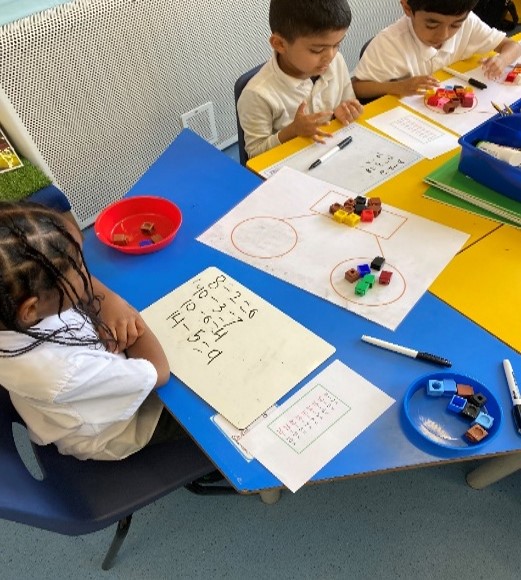 subtraction, multiplication and division), children will also develop their understanding of shape and space, measurement, fractions and statistics.
subtraction, multiplication and division), children will also develop their understanding of shape and space, measurement, fractions and statistics.
Through practical activities children explore and gain a better understanding of shape and space and through talk they begin to grasp and use mathematical language. We encourage children to talk in full sentences and use mathematical language as often as possible. It is only by the end of Year 2 that they start to use the formal written methods of calculation.
Key Stage 2 (Years 3 to 6)
By Key Stage 2 children are becoming much more confident and fluent with numbers, calculating mentally and using written methods. They increase their understanding of the links between the four mathematical operations (addition, subtraction, multiplication and division) and how to use that knowledge to check calculations. Children are given every opportunity to link their mathematics to “real life problems.” Bar modelling is introduced as a skill to aid them in their problem solving. Children are required to work systematically, follow lines of enquiry and use reasoning skills to develop their problem-solving skills. Children are encouraged to engage with mistakes as an opportunity to learn and we promote growth mindsets to support the development of resilience and stamina when faced with a challenge.
Learning Times Tables is vital in Key Stage 2 and children are encouraged to practise their times tables daily for at least 10 minutes. The National Curriculum expectation is that by the end of year 2, children should know their 2, 5, 10 and 3 times tables. By the end of year 3, they should also know there 4, 6, 8 and 9 times tables and that all children should know their times tables up to 12 x 12 by the end of year 4. Children in year 5 and 6 are consolidating their learning and improving their fluency.
Assessment
Children are formally assessed at the end of each term. In addition, teachers use diagnostic assessment, assessment for learning and the LEAP assessment grid to record attainment of key objectives to help identify children to be targeted for intervention, address misconceptions, further consolidation or further challenge. Assessment data is used in Raising Attainment meetings between the senior leadership team, SENDCO and class teacher to identify focus groups, develop strategies to ensure gaps are closed. Daily marking by the teacher is used to inform future planning and teaching.
End of Key Stage SATs
At the end of Key Stage 1 (year 2) and Key Stage 2 (year 6), children will take the Statutory Assessment Tests (SATs). The Key Stage 1 tests consist of 2 papers: 1 assesses arithmetic and the other assesses reasoning skills. The tests are taken in informal settings, are not timed and are marked internally. From September 2023, the Key Stage 1 tests will no longer be statutory.
The Key Stage 2 maths tests are formal and marked externally. They consist of 3 papers: Paper 1: Arithmetic, Paper 2 and 3: reasoning.
Year 4 Multiplication Tables Check
The Multiplication Tables Check is a compulsory government assessment that all children across the country will need to sit it in June of Year 4.
The purpose of the MTC is to determine whether pupils can recall their times tables fluently, which is essential for future success in mathematics. It helps schools to identify pupils who have not yet mastered their times tables, so that additional support can be provided.
Children will have daily times table practise at school, but there are also ways to help with your child at home. (See Maths at Home)
Maths at home:
At LEAP, our young mathematicians are developing a lifelong love of all things maths and we endeavour to support that learning outside of the classroom. Whether your child wants to challenge themselves learning at home, or whether they need a little extra practise, we have the resource for them.
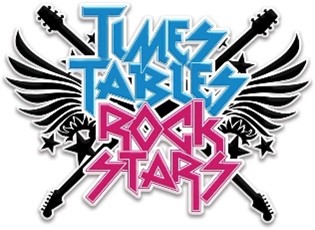 Every child now is expected to know their multiplication tables up to 12 x 12 by the end of year 4, when they will have a National Multiplication Tables Check. Times Table Rockstars is an exciting platform to practise times tables, whilst gaining rock coins, rock status and building your own rockstar avatar.
Every child now is expected to know their multiplication tables up to 12 x 12 by the end of year 4, when they will have a National Multiplication Tables Check. Times Table Rockstars is an exciting platform to practise times tables, whilst gaining rock coins, rock status and building your own rockstar avatar.
 Mathletics is built on a foundation of solid curriculum-led content and designed by a team of veteran educators. Mathletics complements and reinforces schoolwork and classroom learning. Children can earn certificates and celebrate their successes weekly.
Mathletics is built on a foundation of solid curriculum-led content and designed by a team of veteran educators. Mathletics complements and reinforces schoolwork and classroom learning. Children can earn certificates and celebrate their successes weekly.
Mathletics United Kingdom | Empowering Maths Learning Online
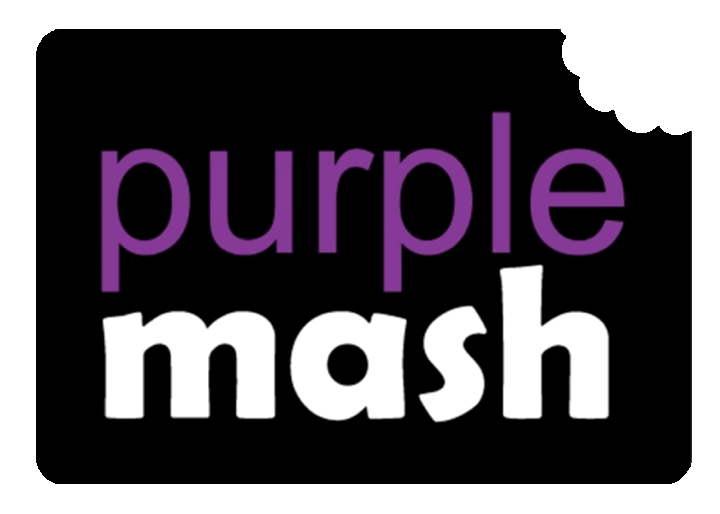 Purple Mash is a fantastic resource, which can be used across the curriculum. The maths page is an exciting area where children can practise different areas of maths before playing some fun maths games.
Purple Mash is a fantastic resource, which can be used across the curriculum. The maths page is an exciting area where children can practise different areas of maths before playing some fun maths games.
Workshops for Families
 Research has shown that when parents and carers display an interest in their children’s mathematical learning then, irrespective of their own mathematical ability, children generally perform better. With that in mind we run information workshops for run Ocean Maths workshops for parents/carers half termly across the year groups. These allow parents to learn about the different ways maths is taught in school and to enjoy learning with their children in a relaxed environment. The workshops have proved to be very popular with both children and their parents and carers.
Research has shown that when parents and carers display an interest in their children’s mathematical learning then, irrespective of their own mathematical ability, children generally perform better. With that in mind we run information workshops for run Ocean Maths workshops for parents/carers half termly across the year groups. These allow parents to learn about the different ways maths is taught in school and to enjoy learning with their children in a relaxed environment. The workshops have proved to be very popular with both children and their parents and carers.

